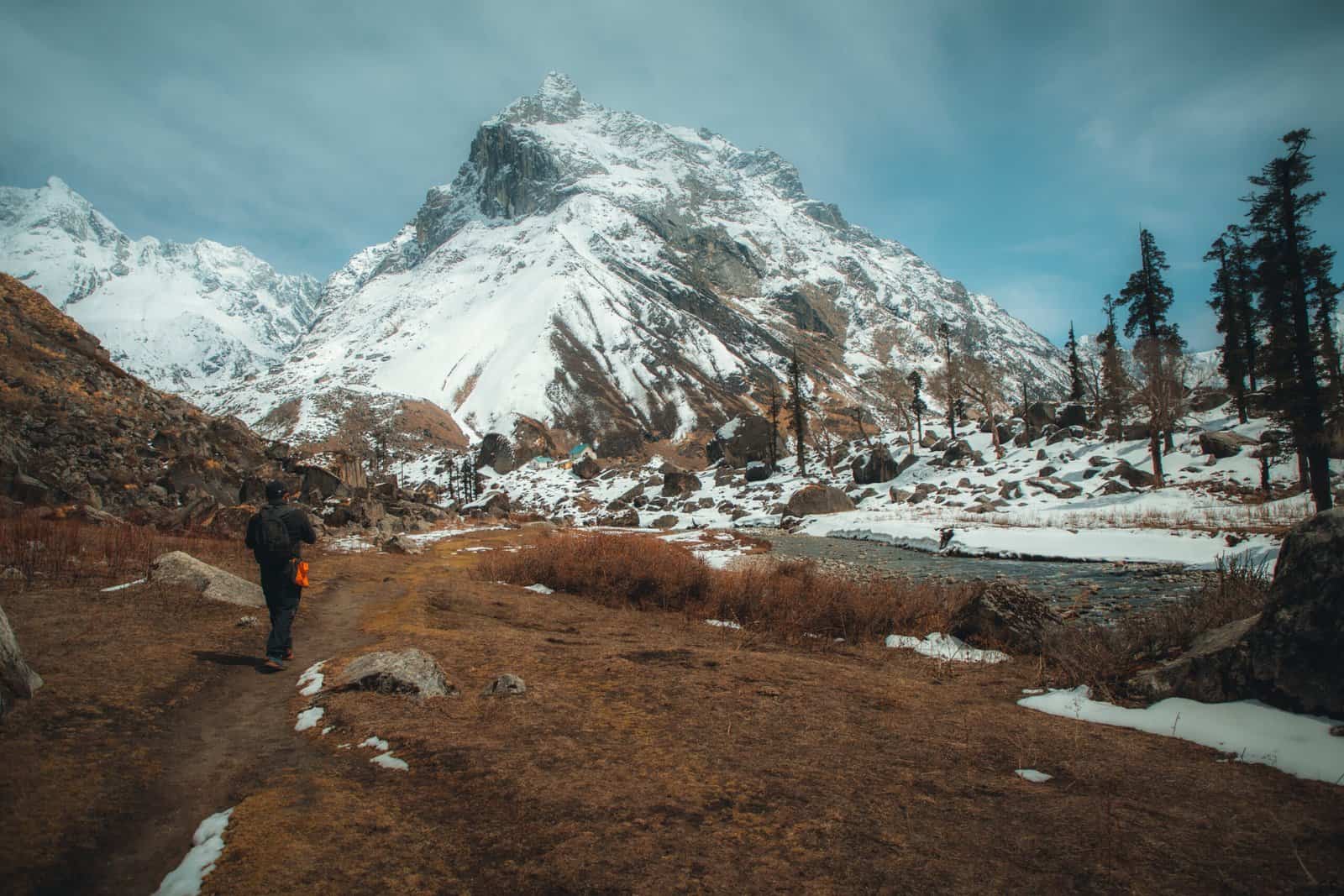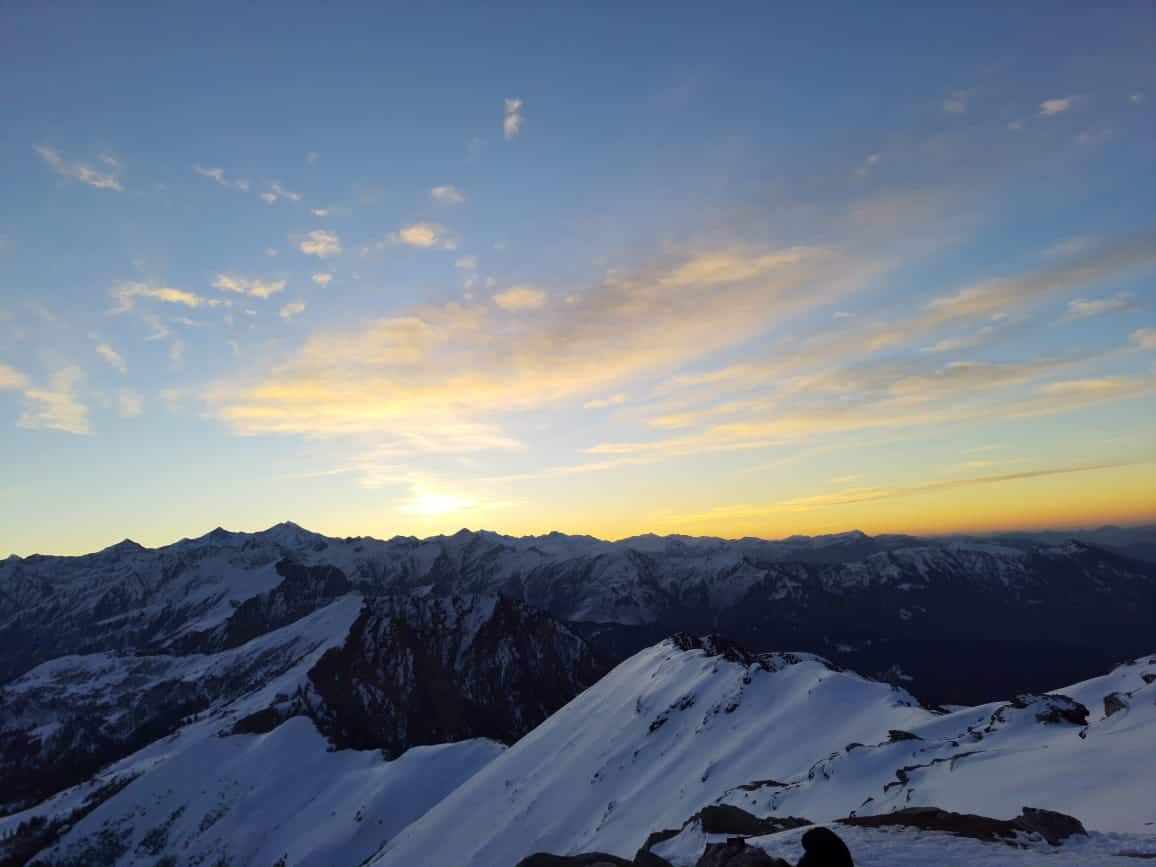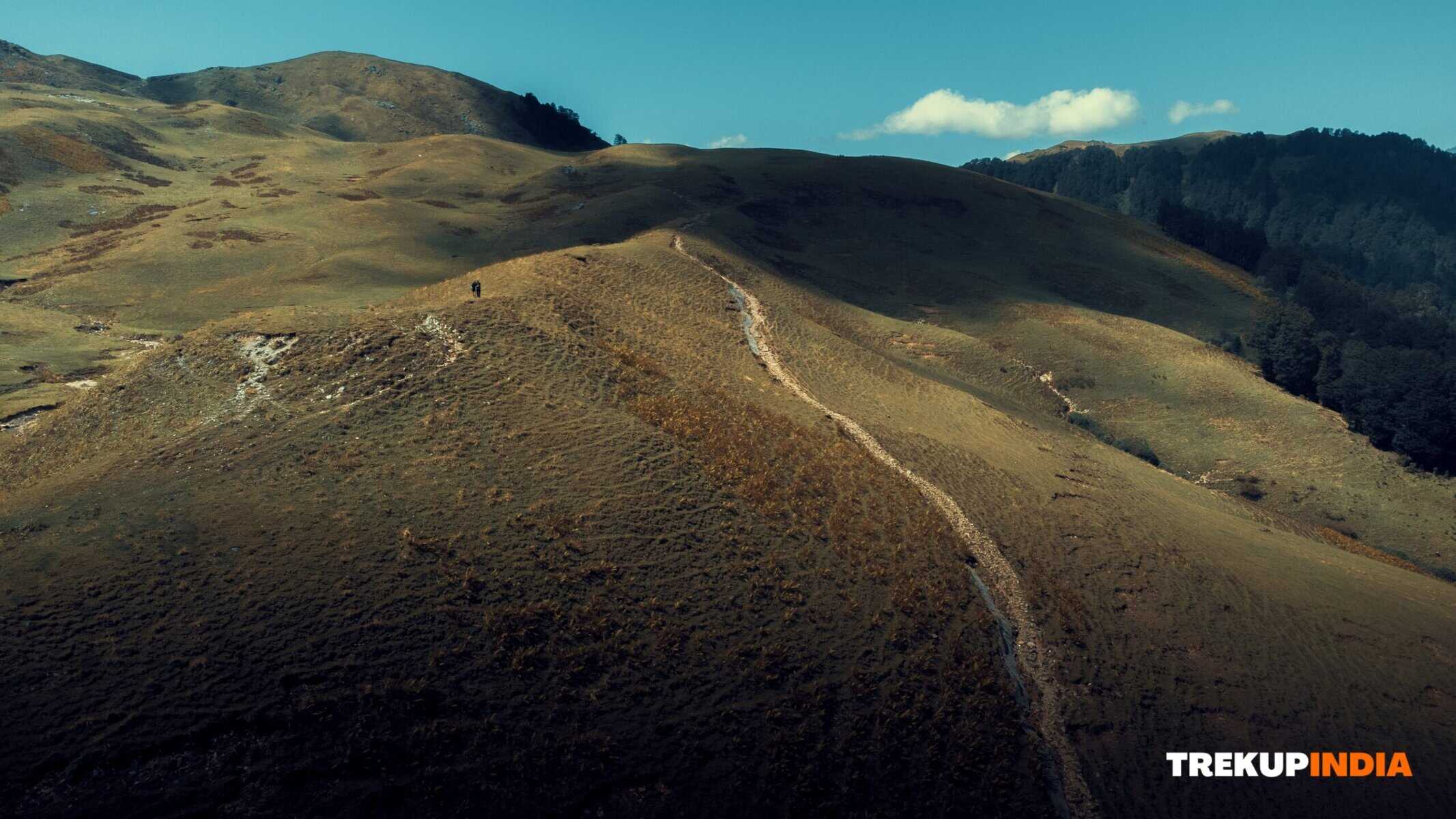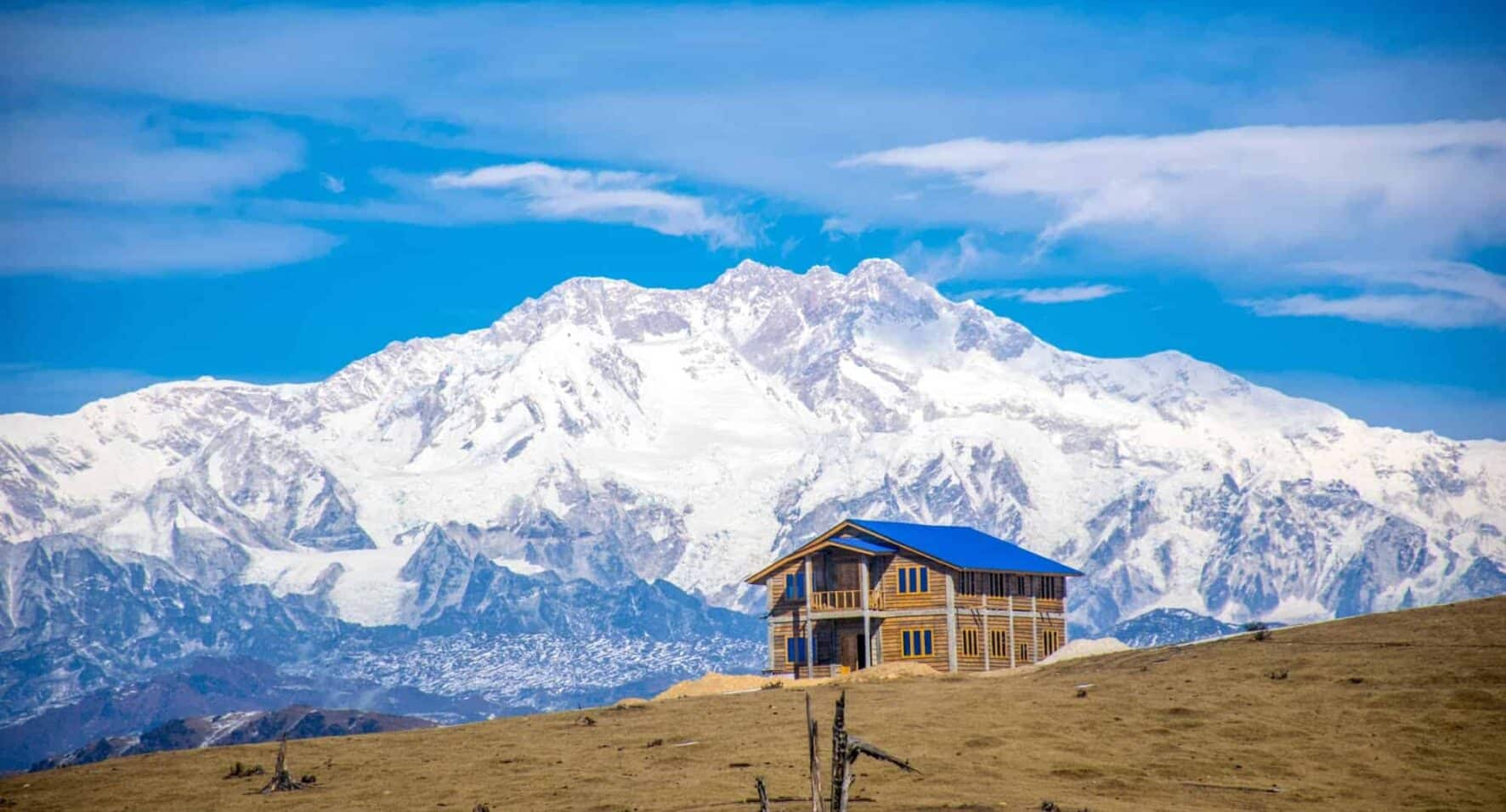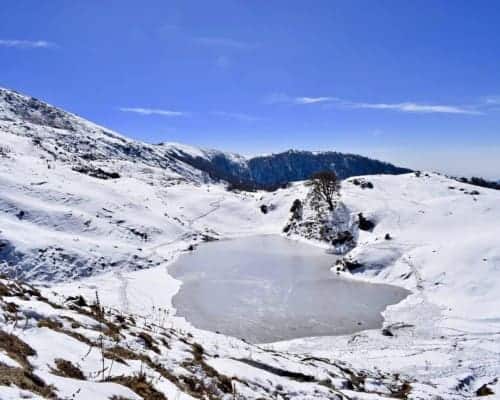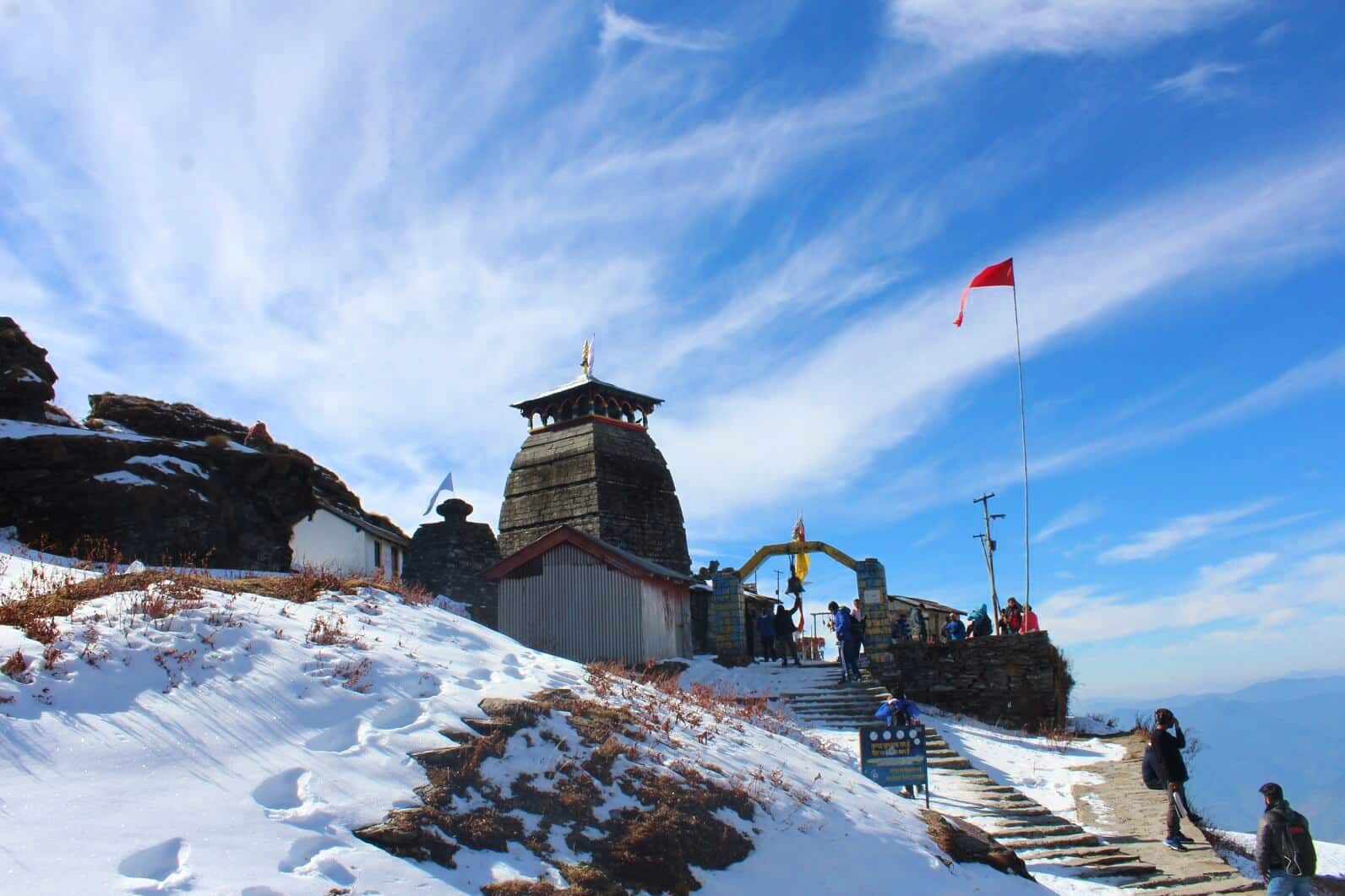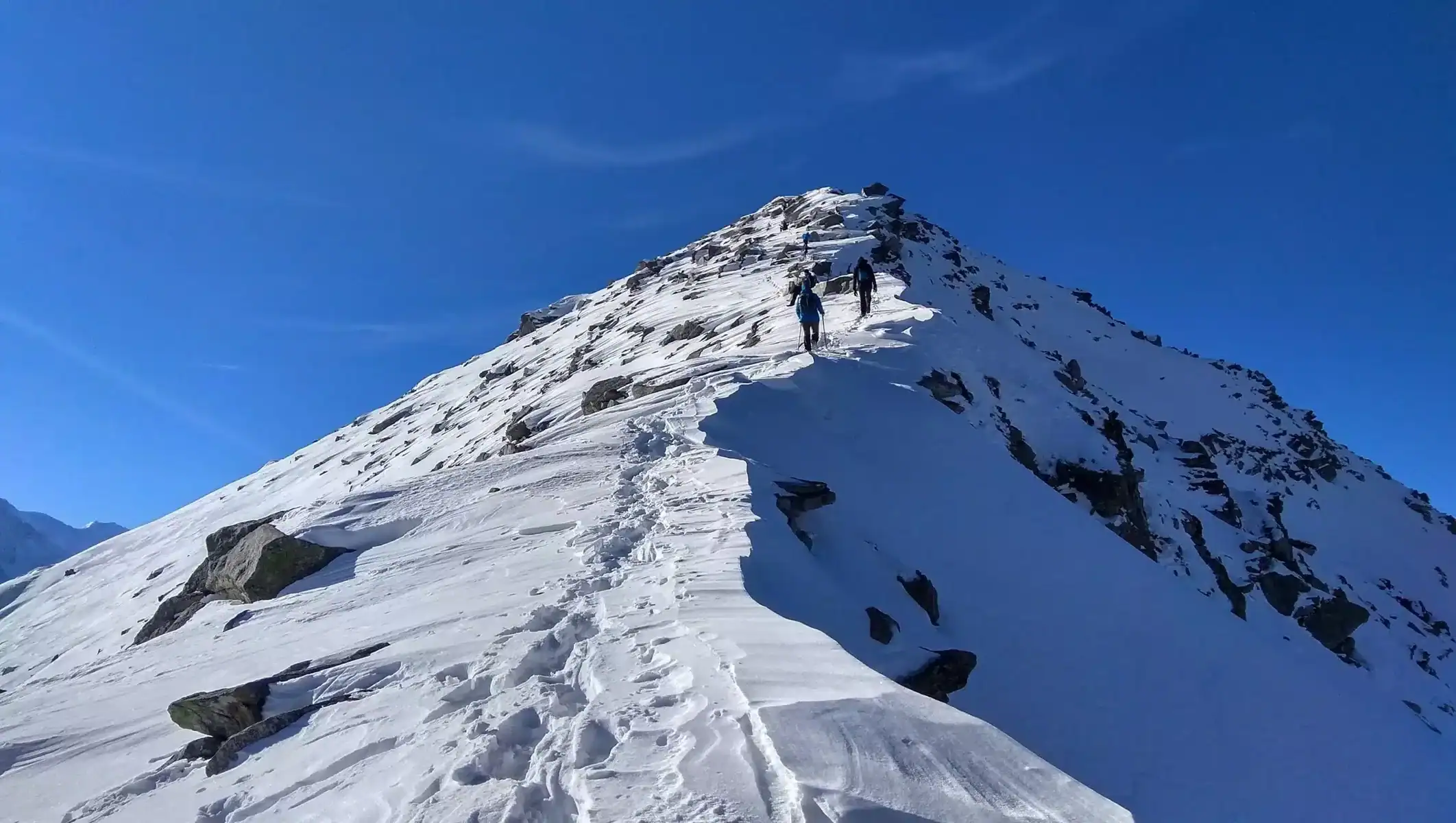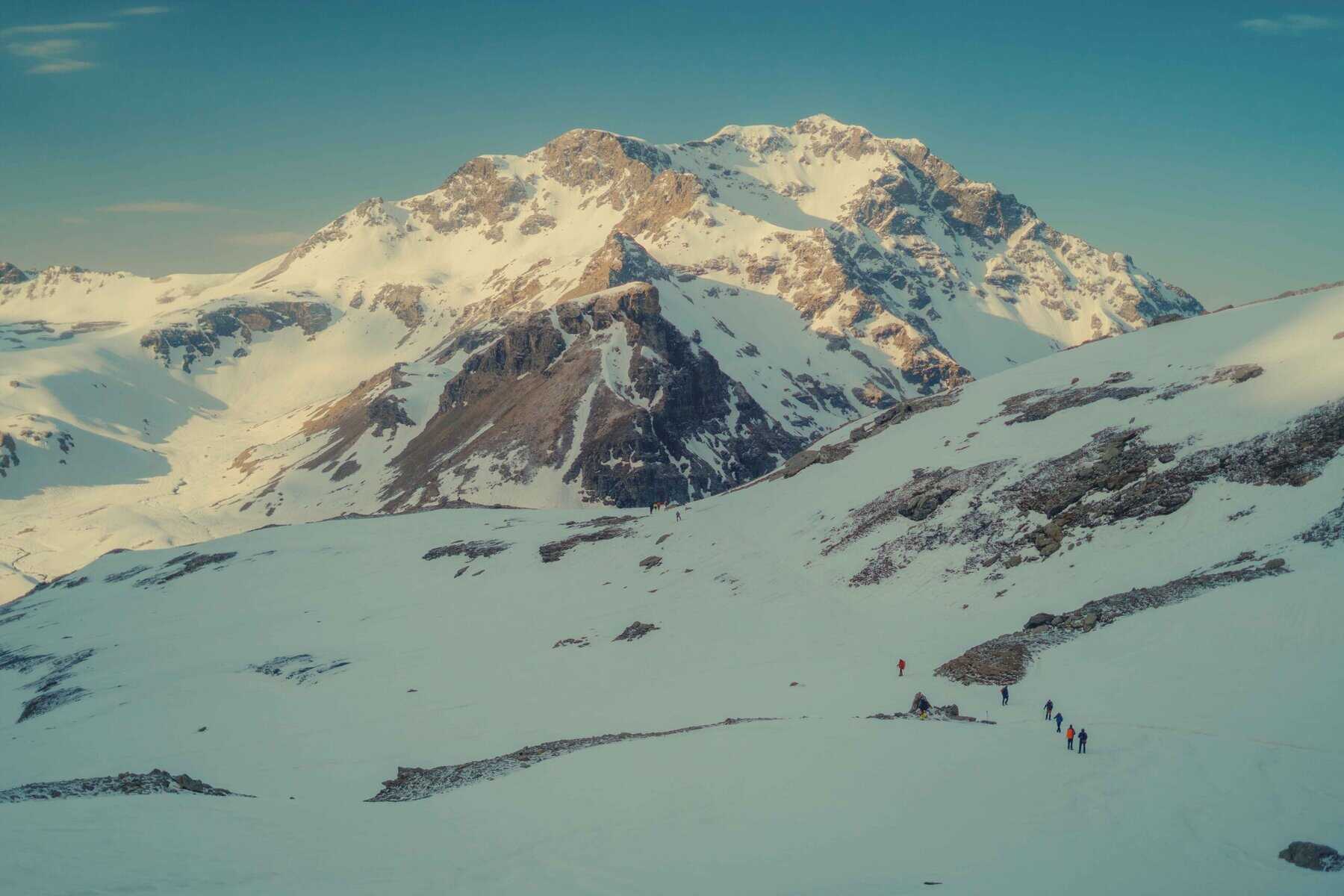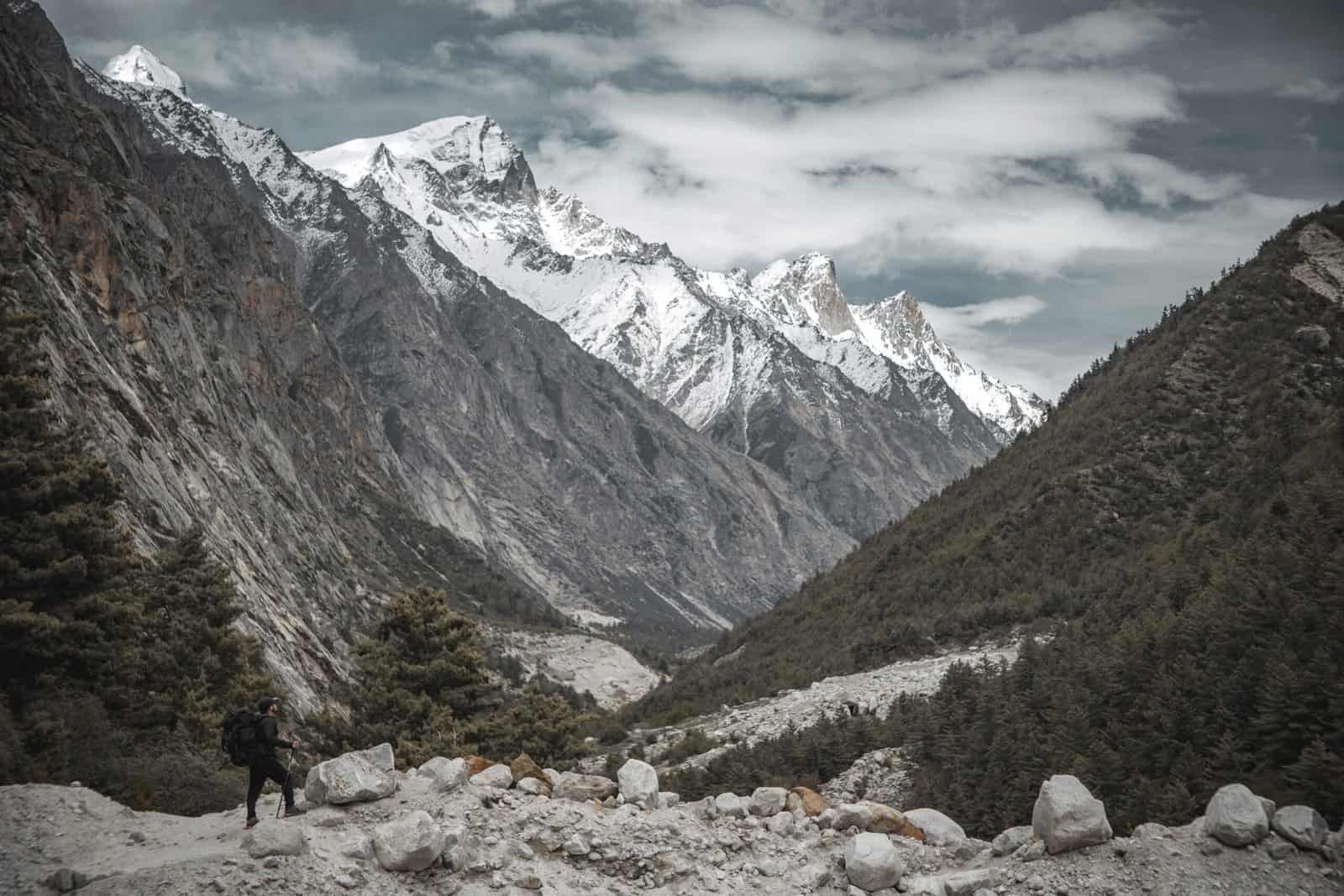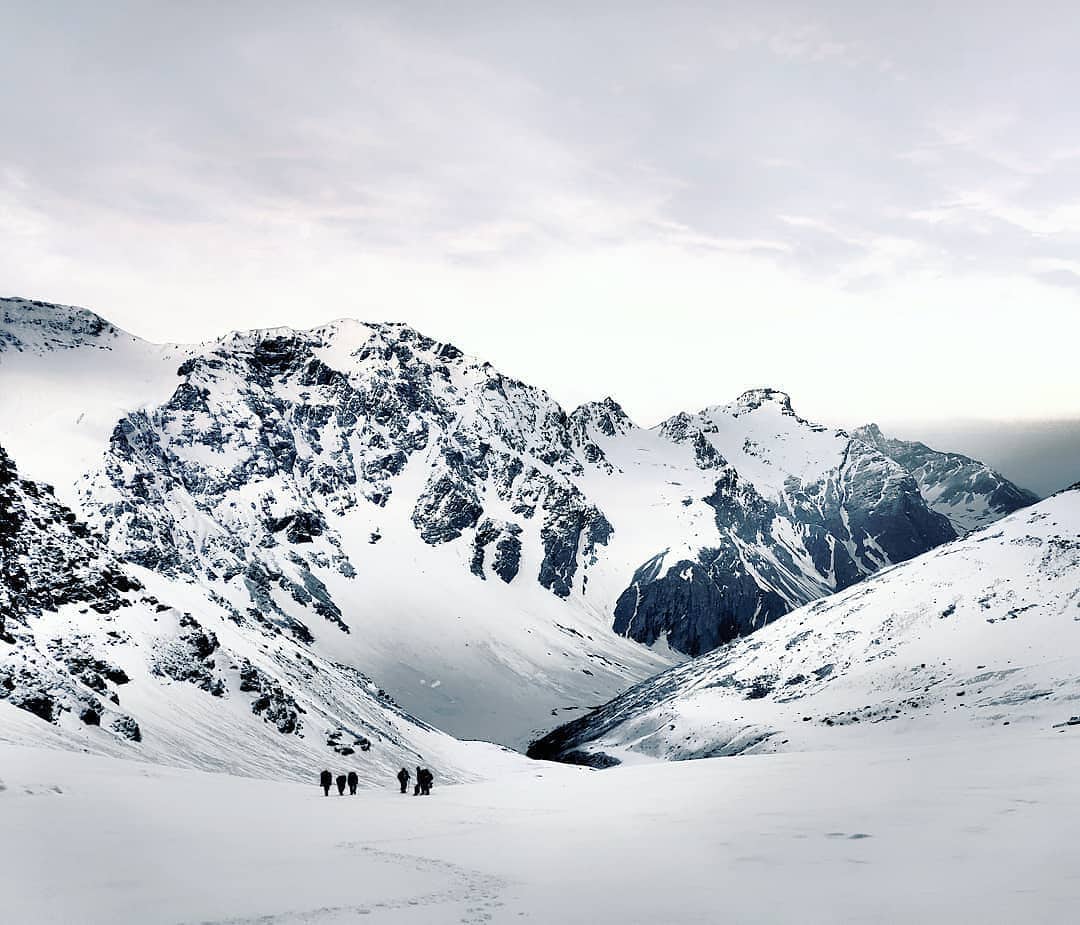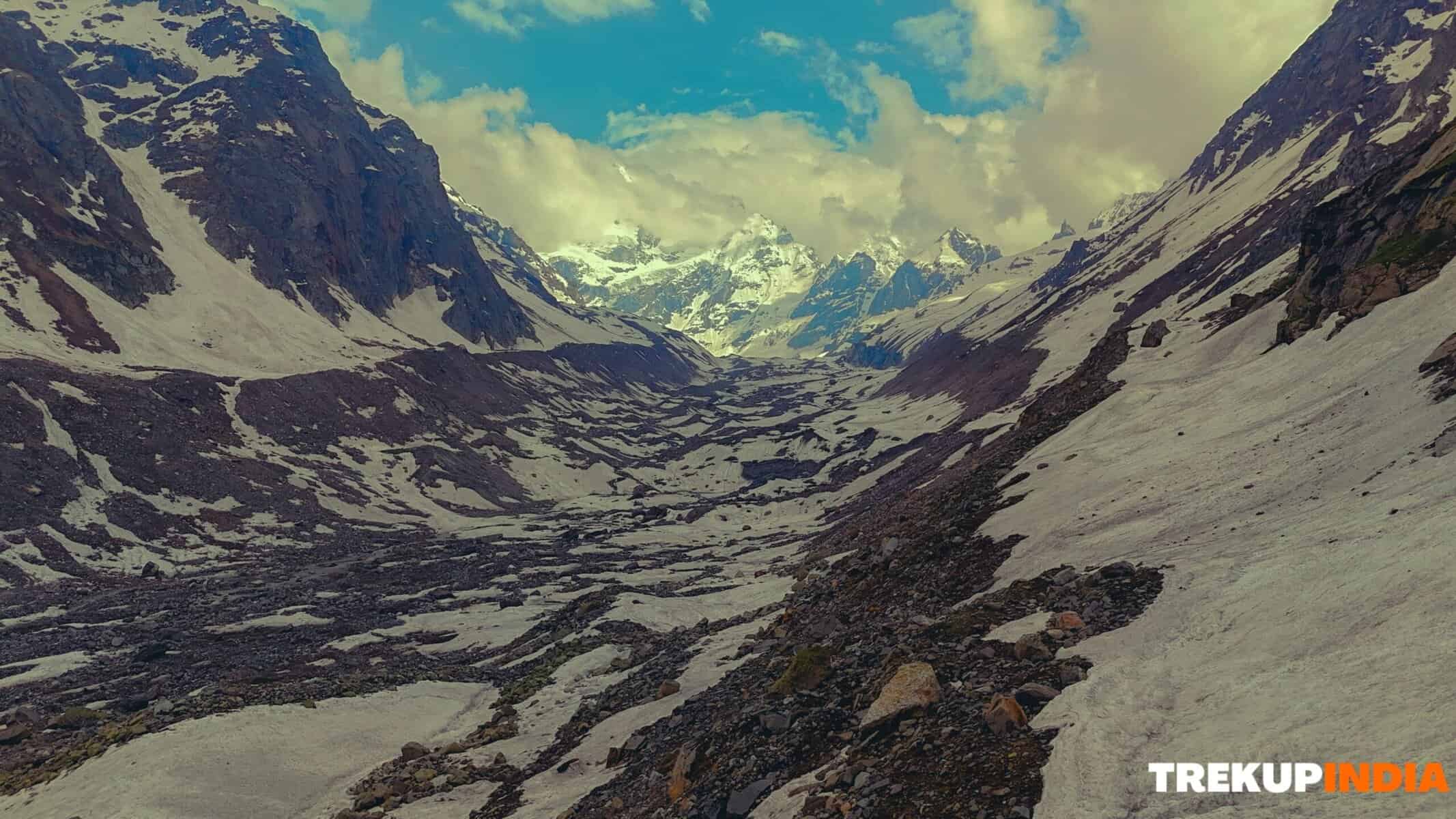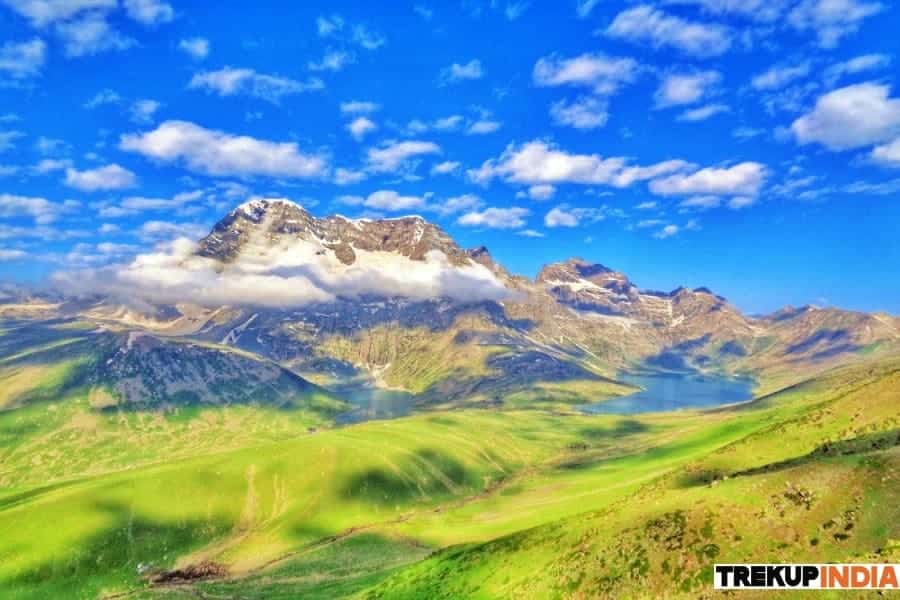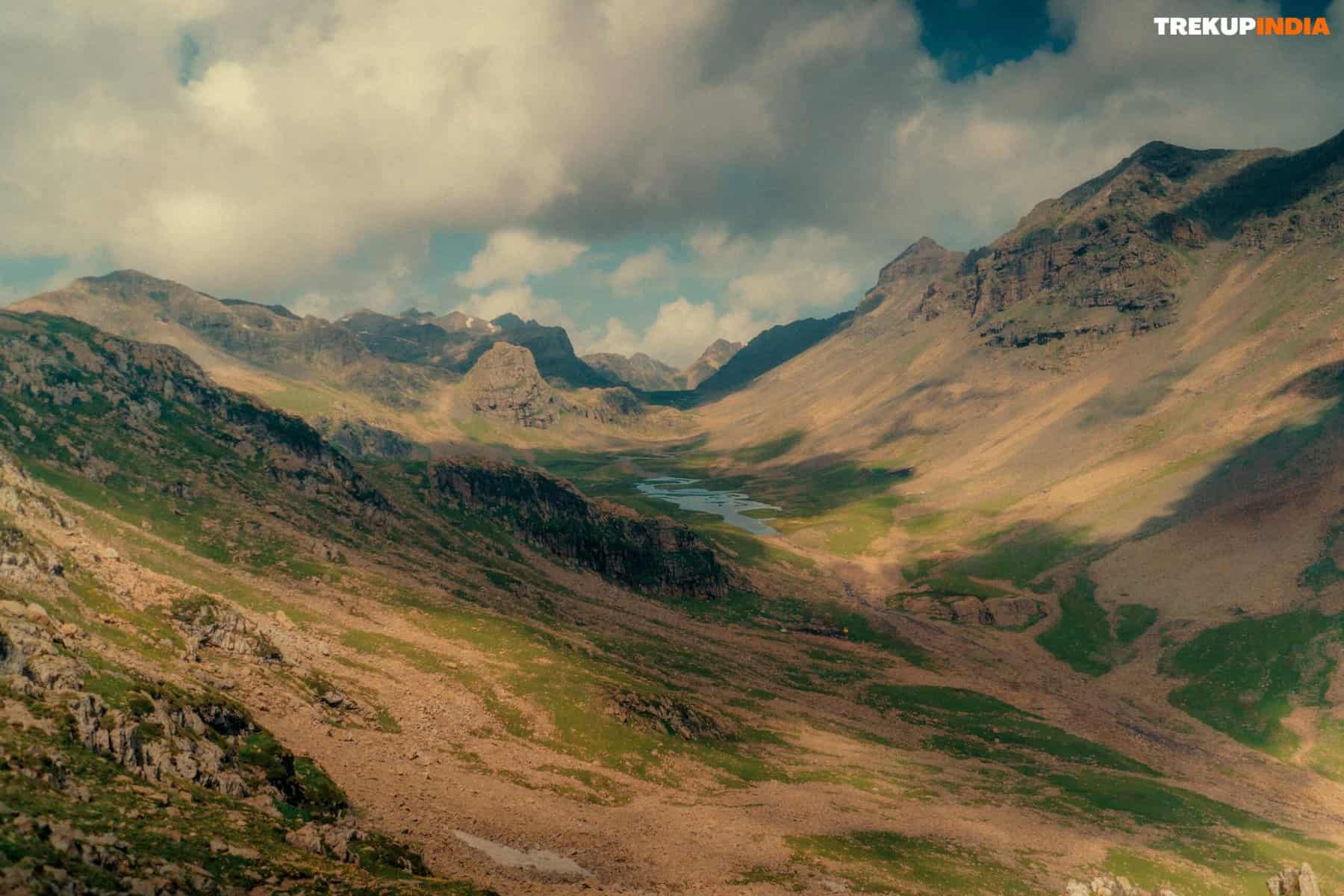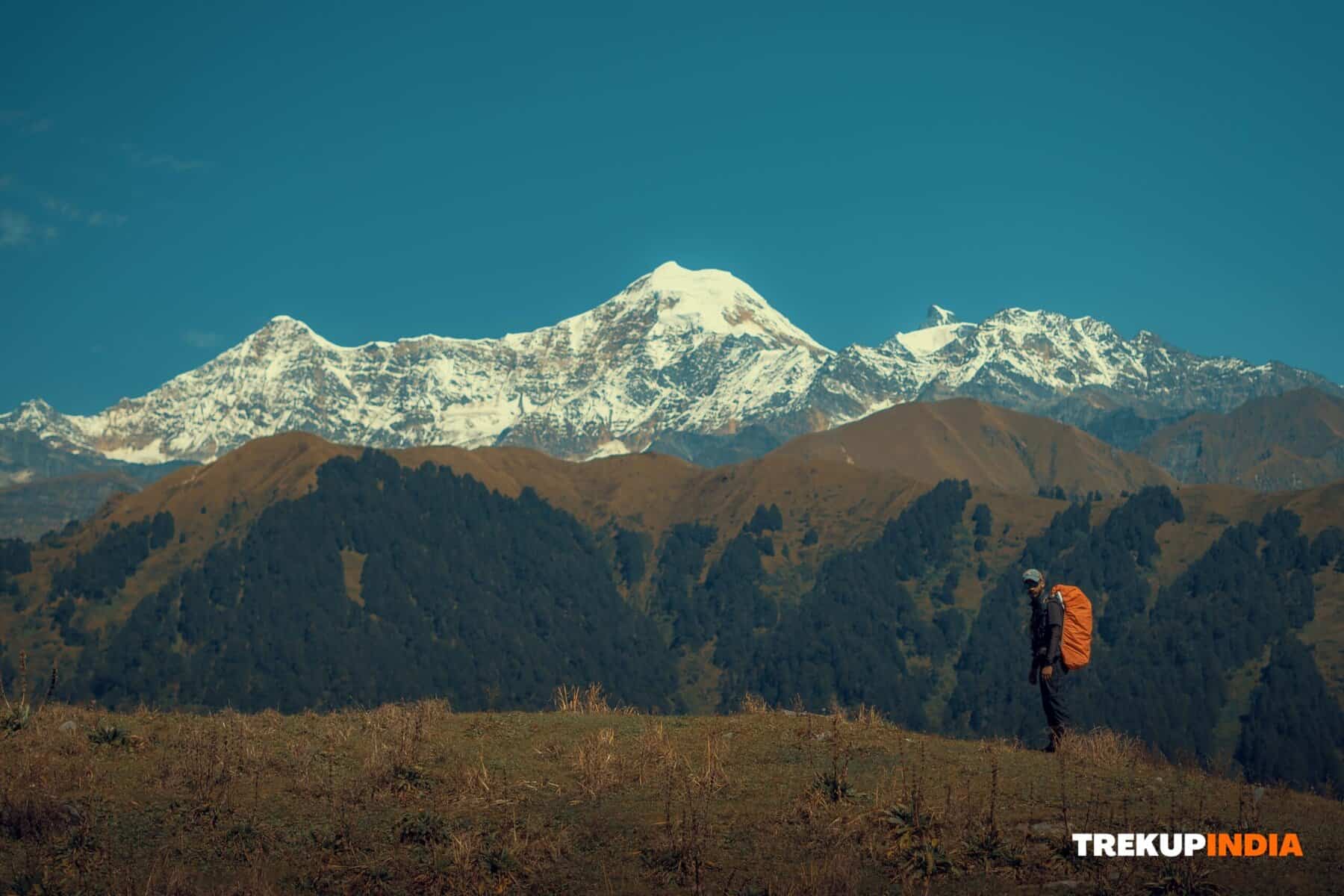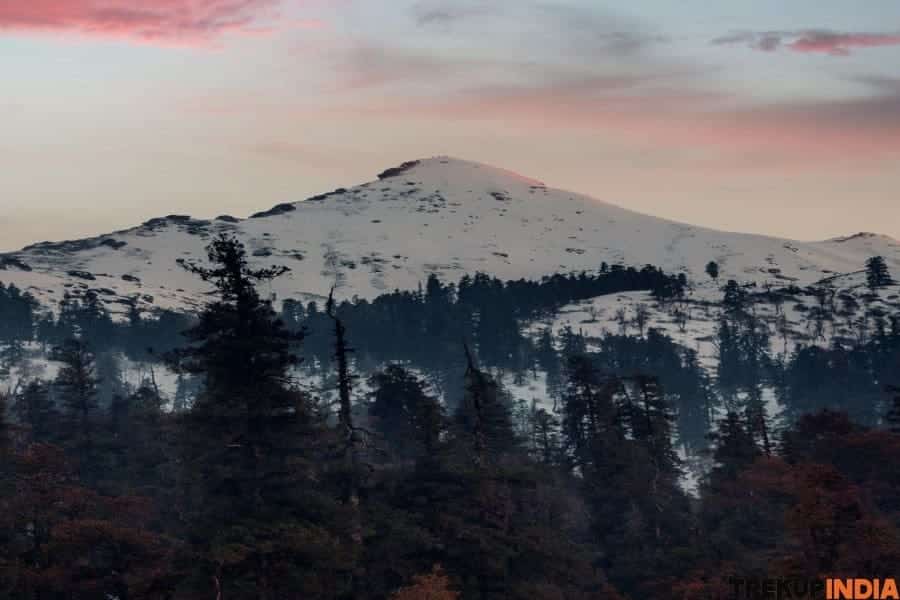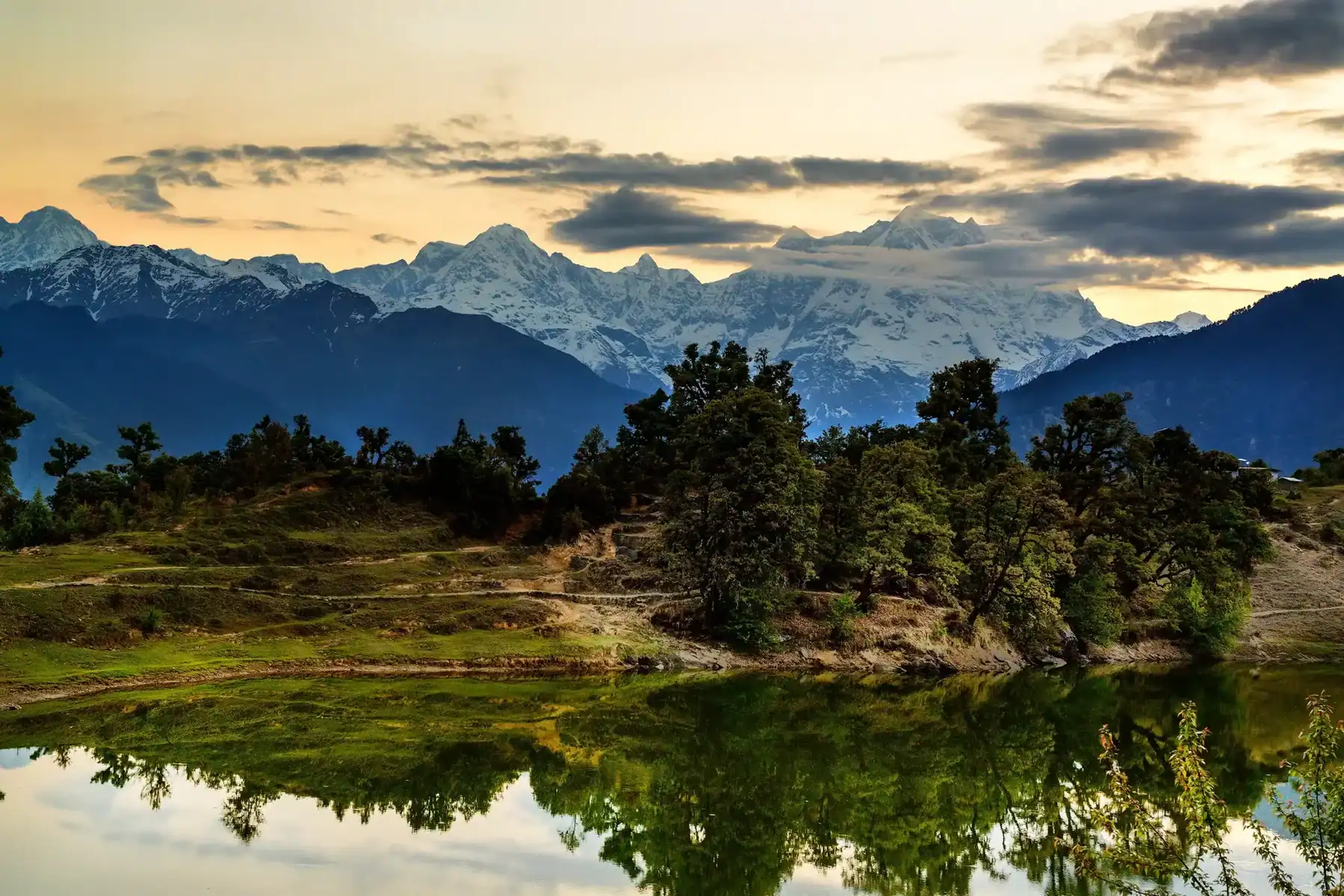Durg Dhakoba Trek
Durg Dhakoba Trek
Between Naneghat and Bhimashankar varies in Pune, lie Durg and Dhakoba, which are exceptional elevations on the plateau. These ranges are located at the beginning of the Kukdi River and come under Junnar Taluka of Pune district, Maharashtra. This trail makes an optimal trek that can be accessed anytime. Yet, the most effective time for trekking on the moderately challenging level routes is post-monsoon, when the woodland and meadows you must travel through are eco-friendly and juicy.
The height of Durg (a fort) is 3900 feet, and that of the Dhakoba (a high Mountain) is 4100 feet. In the Varandha Ghat region extending to Malshej Ghat, Dhakoba is the highest possible mountain range. From this peak, observe the most compelling sight of Bhimashankar till Harishchandragad.
The top of the tops provides a beautiful look around the varieties. Campers have constantly loved the Durg Temple or Dhakoba Temple websites. While beginning trekking from the Konkan side, trekkers climb up and down the high Ghats, which is quite challenging for professional trekkers. Steep elevations of the cliffs descending on the Konkan side would give a hard time. If you are a novice degree trekker, try the trail from the Deccan side that involves less initiative. Watching the Western Ghats from this trail is essential and fantastic.
Trekkers can enjoy outdoor camping and trekking on this trail for as many as 4-to five days, including Ahupe, Siddhad, and Bhimashankar arrays in their trekking expedition. On one side of the Durg – Dhakoba plateau, an excellent sight of the Bhimashankar forest, Ahupe, Gorakhgad, Siddhagad, and Machindragad exist. And beyond lie Amboli Ghat, Jivdhan, and NaneGhat.
A mishmash of woodlands, meadows, hillsides and streams – an evening far from Mumbai. You would be amazed that substantial mountain ranges like these can exist near a metropolitan forest like Mumbai! Loaded with thick woodlands and beautiful meadows, a trek to Durg and Dhakoba will take you far from noise to a land of peace and elegance over a weekend.
Durg Dhakoba Trek Detailed Itinerary
Day 1: Rampur To Khutedara ghat To Durg Temple
- Durg Fort Elevation: 3,900 feet.
- Distance: 8-10 kilometers.
- Time taken: 5-6 hours.
Start early from Mumbai. You can also get to Rampur the previous night. From Rampur, head towards the range of mountains, keeping Naneghat on your left at a 9 o’clock position. Carry adequate water as there are no water sources en route. You will undoubtedly see a broad cart trail from the village towards the range of mountains.
The trail passes through areas and reaches a field in 15– 20 minutes. You can see the range of mountains from here, along with the Khutedara ghat that you will undoubtedly be climbing soon. In the direction of your left, you can still see Naneghat, and towards the right, you can see Trigundhari Ghaat (Doni cha daar) going towards Doni village. Advance the trail for 15 – 20 minutes till the trail enters the timbers. After 15 – 20 minutes through the thickets, you will see that the course slowly begins to ascend. The ascent gets steeper until you discover a 7 – 8 feet rock spot. It takes about an hour from the village to reach this factor. You can see the Sonavale Lake and Naneghat on the extreme right. Take a quick break right here to charge your batteries.
The trail in advance is entirely covered with a thick lawn and moves towards the request from the rock patch. After a while, the trail rotates between lawn inclines and dense forest. An additional 45 – 50 minutes into the walking, observe the tree line involving an end. Proceed for 5 – 10 minutes, and you discover another rocky spot 10 – 12 feet high. After crossing the rock patch, the trail goes through thick turf. If you go post-monsoon, the trail must be visible due to dense woodland development. After 45 minutes, you can see the timberline and thick forested patch listed below. It takes around 3 – 4 hours to reach this point. Advance the trail for one more 25– 30 minutes, and you strike a rock wall on your left.
The last slope of the Khutedara ghat is loosened soil with little rocks. Advance the trail till you reach the top of the array. It takes about 4 – 5 hours to reach this point from Rampur village. As soon as you reach the top, you can see Dhakoba toward your left. The top is a massive lush plateau covered with charming yellow blossoms. The trail moves left towards the thickets. It takes 20– 30 mins to reach the Durg temple from here. You can see that the Durg temple is in the middle of a thick forest. The trail, most likely to the opposite side of the Durg temple, originates from Durgawadi village. It would help if you took this trail to the water resource (pond), around 5 – 10 minutes from the temple. You will see that the trail results in a massive field, where the lake gets on the right side. A small single-space structure has been minimized to disarray just outside the forest. It can still be used for food preparation and stay. Ahead, you see a cart route from Durgawadi to the water source. You can go to the fort, which is one more half an hour from the temple.
Day 2: Durg Temple – Dhakoba – Darya Ghat – Ishtyachi Wadi
Day 2 of the excursion includes a visit to several notable locations. The day starts with a visit to the Durg Temple, followed by a trek to Dhakoba, known for its impressive altitude of 4,100 ft. From Dhakoba, the journey continues to Darya Ghat, offering picturesque views. The final destination for the day is Ishtyachi Wadi, encompassing a distance of approximately 12-14 km. This exhilarating trek takes around 7-8 hours to complete, allowing participants to immerse themselves in the beauty of the surroundings and experience the adventure of the journey.
Dates For Upcoming Treks
Want To Trek Like Pro?
Basically, watch these videos if you want to trek the same way professional trekkers do and make your skills better. These videos contain useful tips and techniques to further improve your trekking skills itself. These videos actually help both new and experienced trekkers improve their trekking skills. These videos definitely provide useful tips that make your trek better. We are seeing that these videos by Trekup India experts will only help you make your trekking skills better.







Know Everything About Acute Mountain Sickness
Acute Mountain Sickness occurs when people trek to high altitudes above 8,000 feet. This condition itself develops further due to reduced oxygen levels at such heights. Basically, as you go higher up, the air pressure and oxygen levels decrease, which causes the same problem. Acute Mountain Sickness surely causes headache, nausea, vomiting, and dizziness in affected persons. Moreover, peoples also experience difficulty in sleeping during this condition. To avoid mountain sickness, you should actually trek up slowly to higher altitudes. To learn further about this condition itself, watch the videos by Trekup India.





